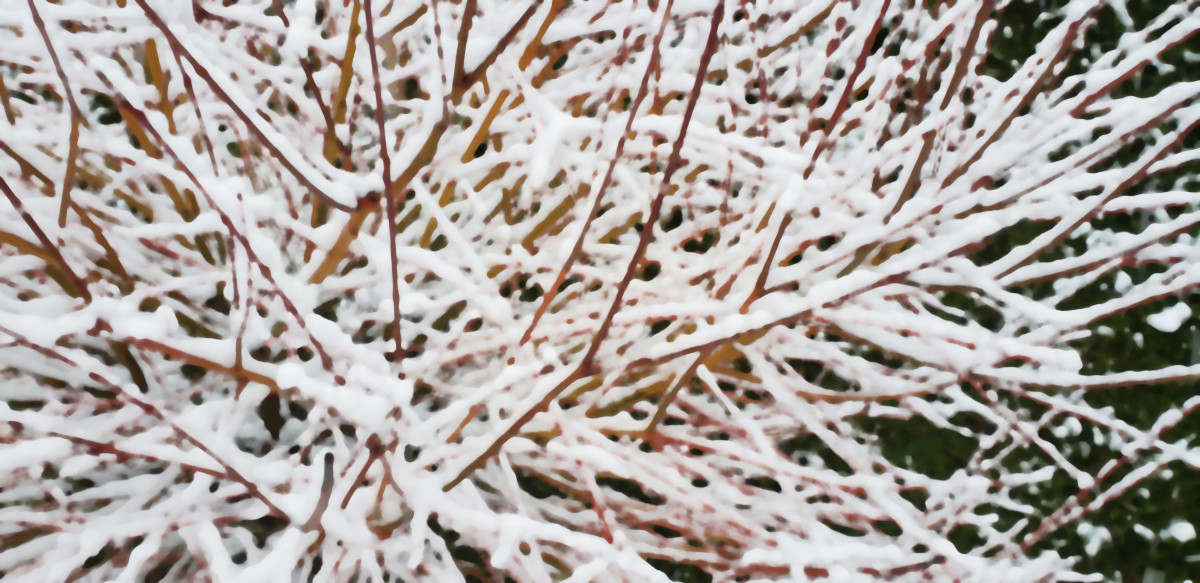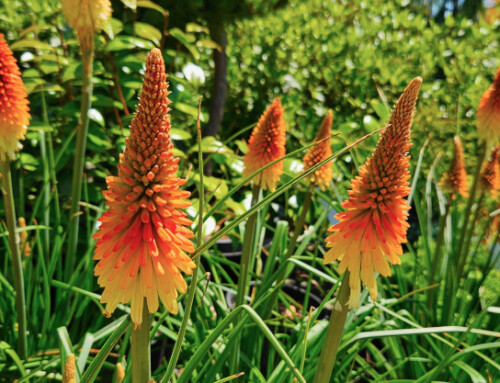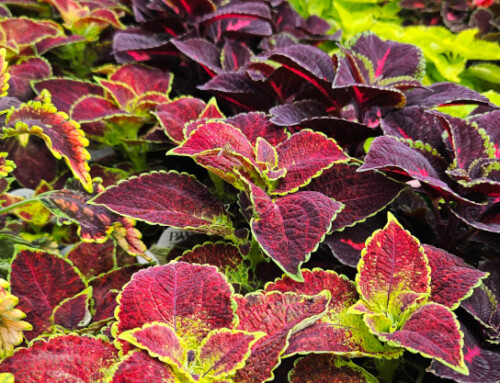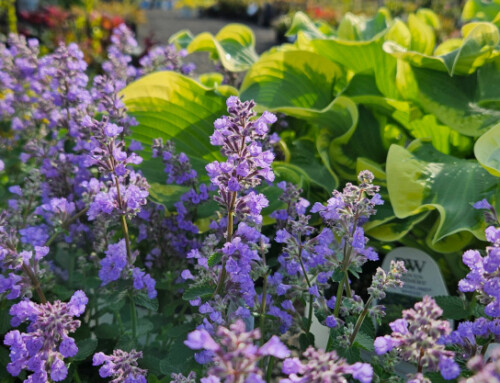With some of the coldest temperatures we’ve seen in years forecast for the Pacific Northwest in the coming days–and with winter officially just beginning–now is the time to take action to protect any tender or at-risk plants you have outdoors from winter damage. While this is far from a comprehensive guide to protecting plants in winter, here are a few quick tips to keep your plants happy and healthy no matter what the weather brings.
1. Apply Bonide Wilt Stop, available at Vander Giessen’s in both concentrate and premixed spray bottles. This anti-desiccant spray creates a waxy protective coating over plant leaves, stems, and buds to protect them from drying out in our cold, dry northeast winds. Unfortunately, you may find out that it’s already too late to spray with Wilt Stop, as sunny, dry weather with temperatures above freezing is required to allow the spray to properly cure. If you’re too late for this go-around, you can still spray when the weather conditions improve in order to protect your plants from later-winter damage. In the meantime, follow the steps below for additional protection.
2. Move pots into a protected space. Ideally, bring any containers into an unheated garage to protect from the worst freezing weather. If you don’t have a garage or it’s not practical to move your pots into your garage, a south- or west-facing wall will help to protect containers from northeast winds. Studies have shown that temperatures in sheltered areas next to a house may be as much as 20 degrees warmer than exposed areas away from a house, so moving pots up next to your house will offer some additional protection, even if you can’t move them inside.
3. Mulch at-risk plants to protect roots. Just like bark mulch helps to protect plant roots from overheating in summer, it provides an insulating layer for your plants in winter cold as well. If your bark mulch is thin or non-existent, spread some fresh bark or compost around the base of your plants to help insulate their roots. Bark can also be piled up around the graft of your roses (the knobby portion at the base of the branches) to protect the graft from freezing as well.
4. Wrap tender plants in burlap, plastic, or old blankets. It’s rudimentary, but in a pinch, wrapping at-risk plants with some sort of protective covering and securing with twine or rope can mean the difference between healthy plants next spring or badly winter-damaged ones. Be careful, though, not to leave coverings on for longer than necessary as coverings can ultimately smother plants if left on past the duration of cold weather.
5. Cover low-growing plants with old shrub and tree pots. Many gardeners have a stash of old plastic pots that their trees or shrubs came in, and for smaller, low-growing plants like hellebores (which are beginning to bud this time of year for later-winter blooms), an overturned shrub pot may be just the perfect protective cover to keep your plants happy. Anchor with spikes or stakes to keep the pots from blowing off in stiff winds. Like plant wrapping, though, only cover plants until the weather warms a bit.
Remember, for most plants, the above protective measures are only necessary when temperatures dip into the low 20s or below or struggle to break the freezing mark for more than a few consecutive days. Overnight frosts will not hurt most shrubs and trees! Ultimately, take the steps you can to protect your plants and let the chips fall where they may–plants are resilient and even winter-damaged ones may recover just fine come spring.








Leave A Comment